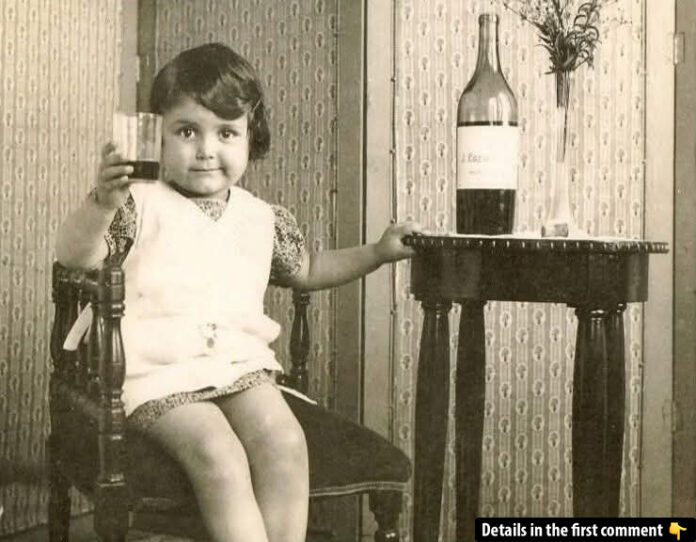Imagine sitting in a school cafeteria where, instead of juice or milk, children were served glasses of wine. This might sound like a scene from a surreal novel, but for much of the 20th century in France, it was a reality. Until 1956, it was common for French schoolchildren to have wine, beer, or cider with their school lunches. This fascinating—and surprising—practice reflects not only the deep cultural roots of wine in France but also the evolution of societal values and public health priorities over time.
A Nation Steeped in Wine Culture
France’s relationship with wine runs deep. As one of the largest and most renowned producers of wine in the world, the beverage has always been more than just a drink—it’s a cultural symbol and a point of pride. In traditional French households, wine was considered a staple, much like bread or cheese. For generations, parents introduced their children to wine at a young age, often diluted with water, believing it to be both healthy and an integral part of their cultural heritage.
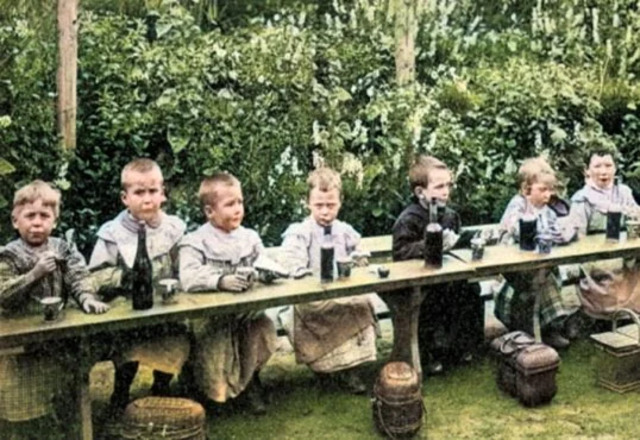
The belief that wine had medicinal properties, such as the ability to kill microbes and warm the chest during a cold, reinforced its widespread use. This cultural backdrop set the stage for the inclusion of wine in school cafeterias. As odd as it may seem today, offering wine to schoolchildren was viewed as normal and even beneficial. Teachers, parents, and government officials alike saw nothing amiss with this practice.
Video
Curious about how French children are introduced to wine? Watch the video to explore the cultural approach France takes in educating kids about wine in a responsible and tradition-rich way!
Wine in French Schools: A Daily Ritual
Before 1956, it was entirely legal for French schools to serve alcoholic beverages to their students. Many parents even sent their children to school with their own flasks of wine or cider. According to historical accounts, school cafeterias sometimes allowed up to half a liter of wine per student per meal. In regions where wine was less accessible, beer or cider often took its place.
Photos and videos from the time show children under the watchful eyes of their teachers, sipping wine at the table as casually as modern students drink milk. The French mentality towards alcohol was centered on moderation and education; exposing children to wine early was thought to teach them responsible drinking habits and an appreciation for the nation’s wine-making heritage.
However, this practice wasn’t without its drawbacks. Reports from teachers noted that some students struggled to stay focused during lessons after lunch, while others exhibited signs of hyperactivity or, conversely, drowsiness. These observations would later play a role in the movement to end the tradition.
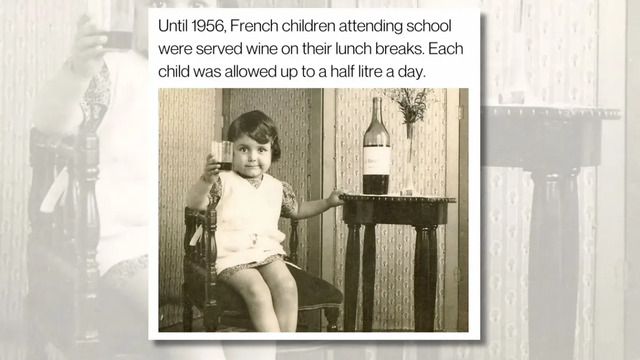
The Turning Point: The 1956 Ban
In August 1956, the French Ministry of National Education took a groundbreaking step by banning the serving of alcoholic beverages to children under the age of 14 in school canteens. This decision was part of a broader effort to combat the nation’s rising alcoholism rates and to protect younger generations from developing unhealthy drinking habits.
The move marked a cultural shift in France. While wine had long been a source of national pride, its unregulated consumption among children was beginning to raise concerns. The ban, however, was not without resistance. Some parents and local officials argued that the prohibition went against traditional French values and that wine was part of the country’s identity. Nevertheless, the policy stood, paving the way for more progressive public health measures.
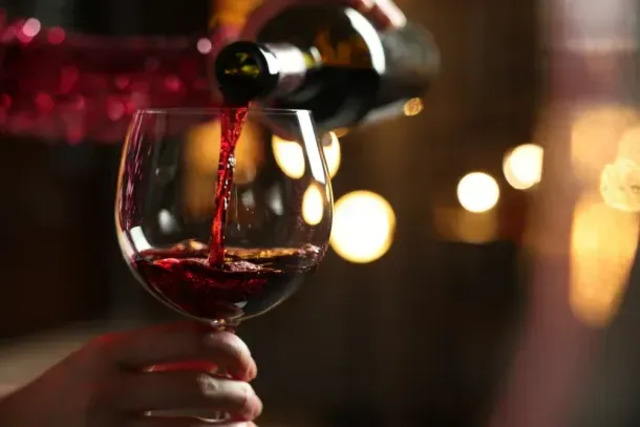
The Campaign for Healthier Habits
The introduction of the 1956 ban sparked a wave of health campaigns aimed at reducing alcohol consumption among young people. Milk, once seen as a less desirable alternative to wine, became the focus of national advertising. Slogans such as “To be studious, strong, and vigorous, drink milk!” appeared in schools and public spaces, promoting the beverage as a healthier choice.
By the 1970s, attitudes towards alcohol consumption among children had shifted significantly. Public health officials began advocating for even stricter regulations, emphasizing the long-term risks of early exposure to alcohol. These efforts culminated in 1981 when the French government implemented a total ban on alcohol in all schools, regardless of age. From that point forward, water became the only officially sanctioned drink in French school cafeterias.
A Legacy of Change
The story of wine in French schools remains a curious chapter in the nation’s history. Today, it serves as a reminder of how deeply cultural norms can shape public policy—and how those norms can change over time. While the idea of serving wine to schoolchildren may seem shocking by modern standards, it was once a reflection of France’s proud wine heritage and the belief in its health benefits.
Interestingly, the legacy of this practice continues to intrigue people around the world. In recent years, social media posts and historical photographs documenting the tradition have gone viral, sparking debates and fascination. Many people are amazed that such a practice was ever considered acceptable, while others view it as an example of the stark contrasts between past and present attitudes towards alcohol.
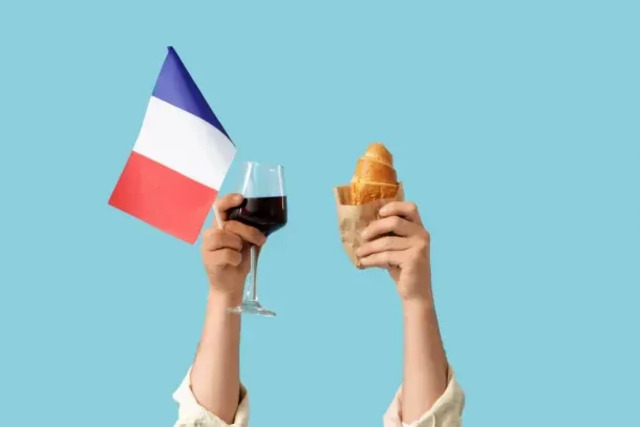
Video
Discover school lunches from around the world that you’ve probably never heard about – watch the video to explore unique and fascinating meals served to students across different cultures!
Conclusion: A Historical Curiosity
The practice of serving wine to French schoolchildren highlights the complex interplay between tradition, culture, and public health. It is a story of a nation navigating its identity while adapting to changing societal values. From the classrooms of the 1950s to the milk campaigns of the 1970s, and finally to the alcohol-free schools of today, this journey reflects France’s ongoing efforts to balance its cultural heritage with modern health standards.
Though the days of wine in school cafeterias are long gone, they remain a fascinating footnote in history—one that continues to spark curiosity and conversation. This unique tradition, while firmly rooted in the past, offers valuable insights into how societies evolve and the ways in which cultural practices can adapt to meet the needs of future generations.
